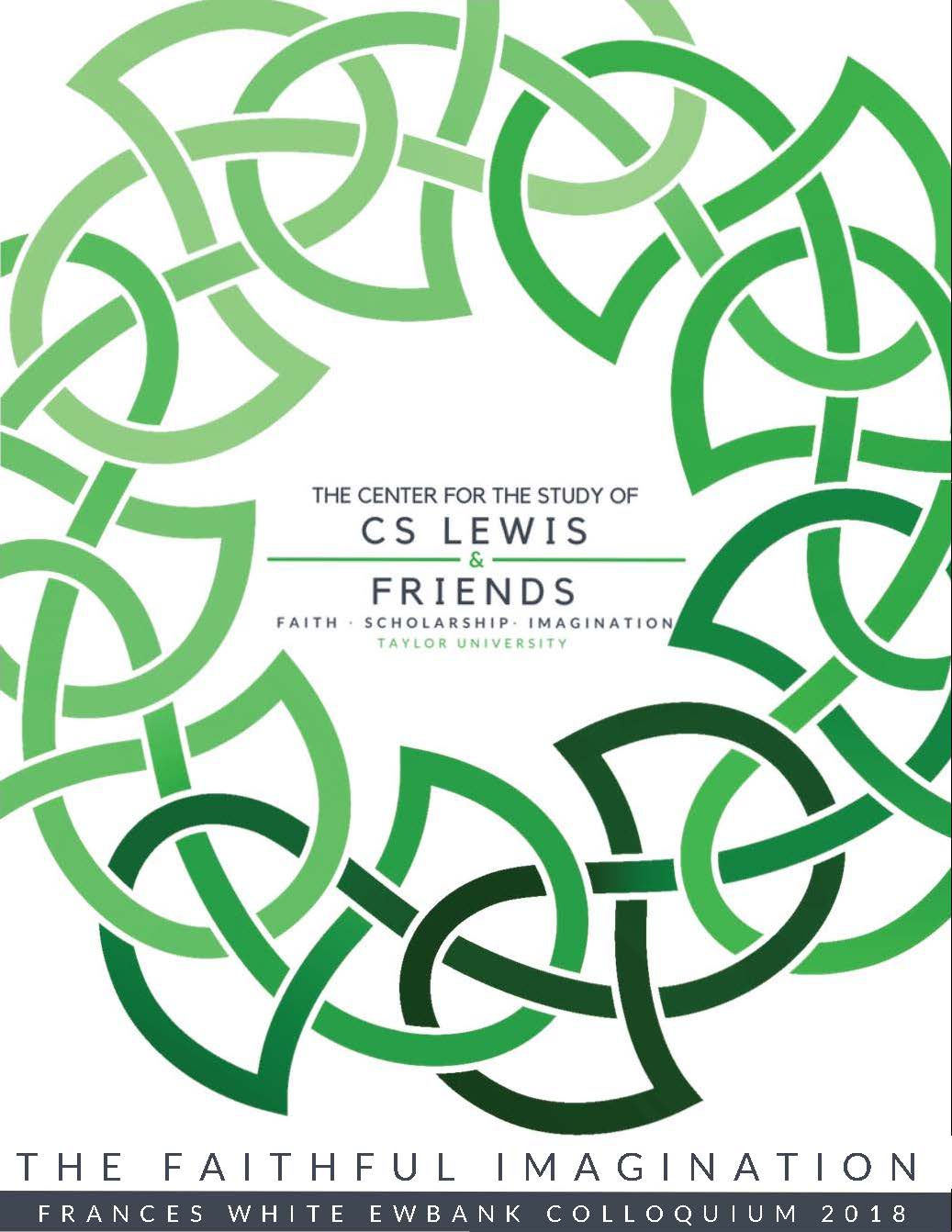Event Title
Concurrent Paper Session 1A: MacDonald, Neuhouser, and . . .
Location
Euler 130
Start Date
31-5-2018 2:45 PM
Description
"Hobbits in the Holy Land: Insights from Tolkien on Deriving Meaning from Fiction" - Darren Hotmire
This paper includes reflections on a friend, Dr. Neuhouser, the founder of the C. S. Lewis Center, who was a mentor to me over the years. It was Dr. Neuhouser who introduced me to the classic work “On Fairy Stories” by J. R. R. Tolkien. In this work Tolkien defines the nature of the "Fairy Story." They are not, he says, stories of little flower fairies who delight in playing games in the sunlight. Rather, they are stories which relate to the Land and folk of Faerie and the human interaction with it. While these stories may contain elves, dwarfs, witches, trolls, giants, or dragons, they are more about the "eucatastrophic" human interaction or adventure in this perilous realm.
"George MacDonald, Shakespeare Scholar" - Kendra Smalley
"Literary Healings in Gilman and MacDonald" - Darrel Hotmire
Charlotte Perkins Gillman’s short story, “The Yellow Wallpaper” was written in 1887. It is a story of a woman who receives medical advice for home management of what would now be called a Major Depressive Episode. Her physician recommends a course of intellectual and societal abstinence as the treatment. The result is worsening depression and resultant psychosis. George MacDonald’s Adela Cathcart is a lengthy novel written in 1864. It is also a story of a woman with depression. The doctor’s prescription for her is societal interaction and creative stimulation. This essay contrasts the two methods of treatment and applies the treatments to modern equivalents. I will write an addendum on homeopathy as understood in the Victorian era.
"C.S. Lewis's Critical Assessment of George MacDonald" - Marsha Daigle-Williamson
Lewis gives a complete assessment of George MacDonald, both as a sermon writer and fiction writer, in the “Preface” to his George MacDonald: An Anthology. In it, Lewis refers to MacDonald as his master, but precisely what is it about him that influenced Lewis so deeply? His style? His characters? His stories? His imaginative approach? This paper will address the positives and negatives in Lewis’s assessment of MacDonald as a writer, aiding our understanding of Lewis’s depiction of MacDonald in The Great Divorce.
Event Type
Paper
Concurrent Paper Session 1A: MacDonald, Neuhouser, and . . .
Euler 130
"Hobbits in the Holy Land: Insights from Tolkien on Deriving Meaning from Fiction" - Darren Hotmire
This paper includes reflections on a friend, Dr. Neuhouser, the founder of the C. S. Lewis Center, who was a mentor to me over the years. It was Dr. Neuhouser who introduced me to the classic work “On Fairy Stories” by J. R. R. Tolkien. In this work Tolkien defines the nature of the "Fairy Story." They are not, he says, stories of little flower fairies who delight in playing games in the sunlight. Rather, they are stories which relate to the Land and folk of Faerie and the human interaction with it. While these stories may contain elves, dwarfs, witches, trolls, giants, or dragons, they are more about the "eucatastrophic" human interaction or adventure in this perilous realm.
"George MacDonald, Shakespeare Scholar" - Kendra Smalley
"Literary Healings in Gilman and MacDonald" - Darrel Hotmire
Charlotte Perkins Gillman’s short story, “The Yellow Wallpaper” was written in 1887. It is a story of a woman who receives medical advice for home management of what would now be called a Major Depressive Episode. Her physician recommends a course of intellectual and societal abstinence as the treatment. The result is worsening depression and resultant psychosis. George MacDonald’s Adela Cathcart is a lengthy novel written in 1864. It is also a story of a woman with depression. The doctor’s prescription for her is societal interaction and creative stimulation. This essay contrasts the two methods of treatment and applies the treatments to modern equivalents. I will write an addendum on homeopathy as understood in the Victorian era.
"C.S. Lewis's Critical Assessment of George MacDonald" - Marsha Daigle-Williamson
Lewis gives a complete assessment of George MacDonald, both as a sermon writer and fiction writer, in the “Preface” to his George MacDonald: An Anthology. In it, Lewis refers to MacDonald as his master, but precisely what is it about him that influenced Lewis so deeply? His style? His characters? His stories? His imaginative approach? This paper will address the positives and negatives in Lewis’s assessment of MacDonald as a writer, aiding our understanding of Lewis’s depiction of MacDonald in The Great Divorce.


